July 13th, 2016
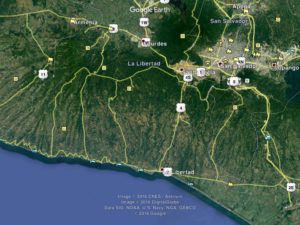
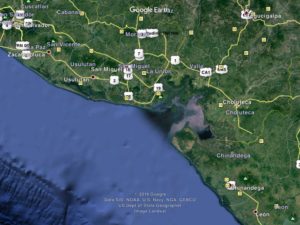
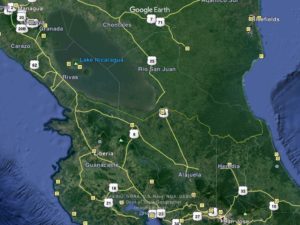
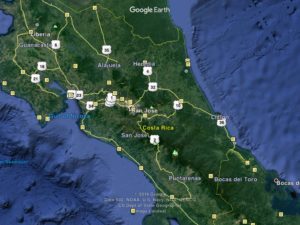
I detoured San Salvador, El Salvador’s capitol, and instead took a beautiful and winding road along the southern coastline that reminded me of Northern California’s Highway 1. The rugged coastline gives way to more agricultural land to the south of San Salvador. I stayed a night in Zacatoluca, a town that’s been in El Salvador’s news recently for the attempted arrest of its police chief on corruption charges and colluding with gangs. He managed to slip away and it’s believed he was tipped off by authorities farther up the ladder. Corruption is rampant in El Salvador.
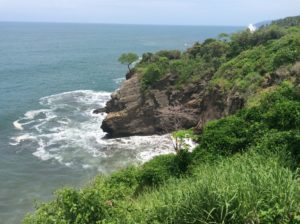
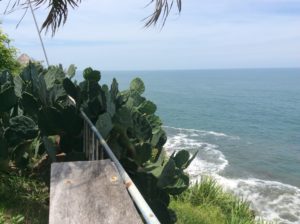
El Salvador, like its neighbors, endured civil war in the last quarter of the twentieth century. Once again a United Nation’s brokered peace ended hostilities, this time in 1992. The ceremony for the peace treaty was held at Chapultepec Castle in Mexico City where the president of El Salvador shook hands with leaders of the five main factions of revolutionary resistance. The resistance forces were granted a party in parliament. They struggled for the first years, but have won the last two presidential elections with Salvador Sanchez Cerén in office today.
El Salvador is home to two of the world’s most notorious gangs, Mara Salvatrucha 13 (MS 13) and Calle 18. As civil war spread in the late 1970s the United States under the Carter Administration took in thousands of El Salvadoran refugees, many of whom were settled in poorer areas of Los Angeles, California. Once there, they learned about American gang culture in an environment that couldn’t have been much improvement over civil war. Many ended up in jail. After the peace accords were signed a good portion were repatriated, particularly those serving prison sentences. When they returned home they brought gang culture with them which easily found a foothold in an impoverished El Salvador. Today the two gangs fight with eachother and with police. The boundaries of all sides overlap. The reasons for fighting are unrelated to the civil war and amount to a cycle of endless retaliation. They find work doing “security” for the drug cartels. Homicide in the US was 4 per 100,000 persons in 2015 and as high as 16 in cities like Chicago and Los Angeles. In the UK it was 1 per 100,000. In El Salvador it was 103 per 100,000. This is the highest rate of killing in any country that’s not officially at war. Honduras and Guatemala are not far behind. Check out http://www.insightcrime.org/news-analysis/insight-crime-homicide-round-up-2015-latin-america-caribbean for more info.
The city of San Salvador abuts Lago de Ilapango which is the caldera of a super volcano. The volcano is dated to have had a major eruption in the 500s AD and speculated to be the cause of an unusually hard winter and cool summer in the years 535-36 AD in Europe. The result was crop failures and famine.
The morning I left Zacatoluca I stopped at a coffee shop and was asked by a guy, Manuel Barahona, where I was headed. A native El Savadoran, he spoke English well and after talking a minute I offered to buy him coffee. He declined but we sat talking for over an hour while I fixed a flat. We went over some of my passport woes and he explained the procedures by showing me his passports of which he had one from El Salvador and one from the US. He also had a California driver’s license. He said he started out in the US 35 years ago as a taxi driver in Atlanta and later San Francisco. He eventually became a citizen. He now owns a trucking company in El Salvador. He also owns a house in Redwood City (Menlo Park) near the Stanford campus. He should have been buying me coffee.
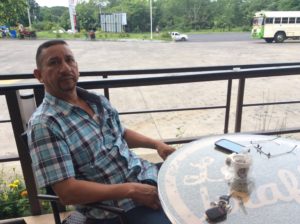
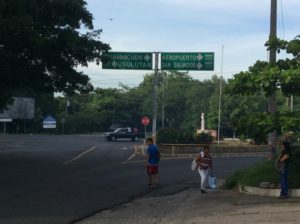
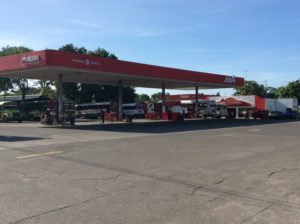
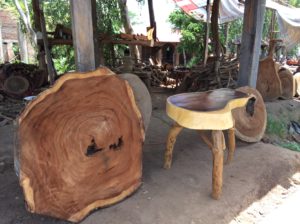
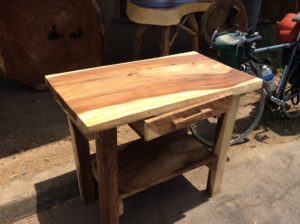
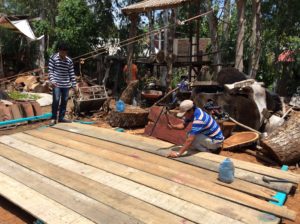
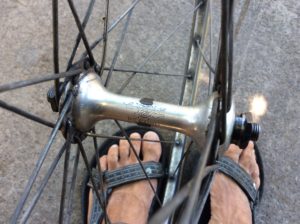
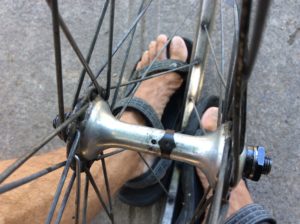
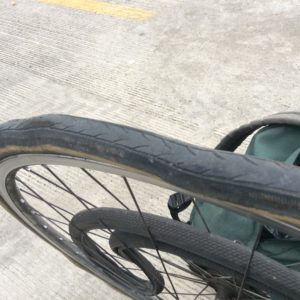
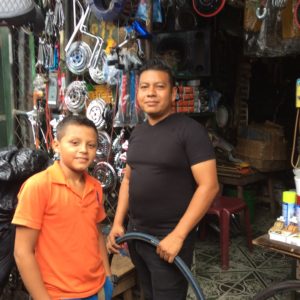
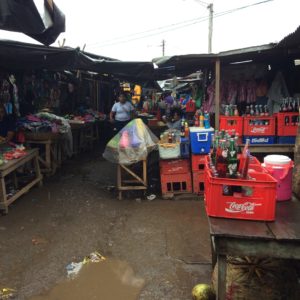
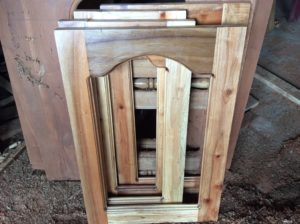
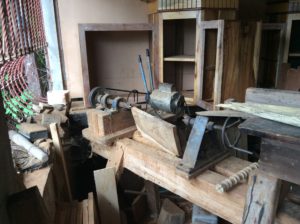
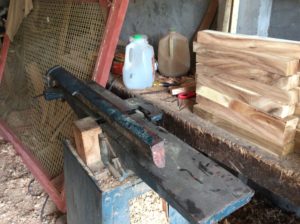
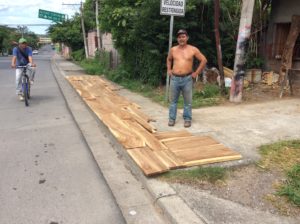
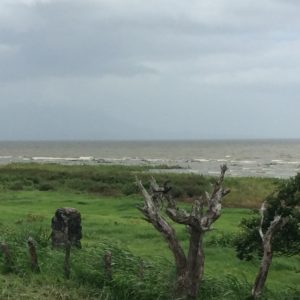
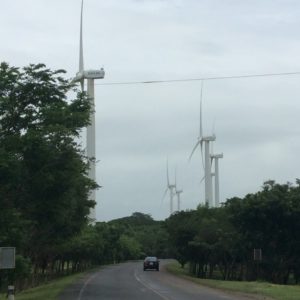
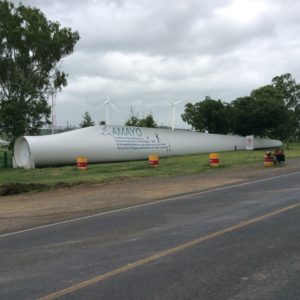
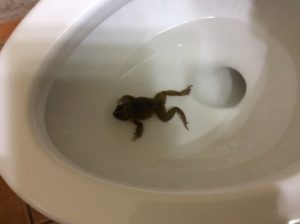
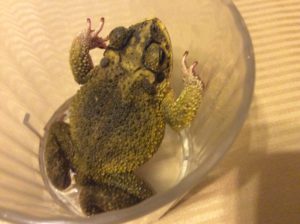
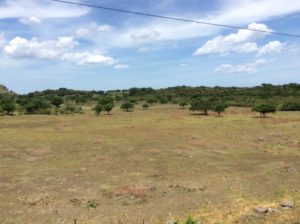
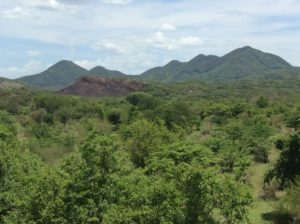
I clipped a corner of Honduras that was less than 100 miles long and for which I spent only one night in the town of Choluteca. I learned that I had distant relatives in the capitol, Tegucigalpa, about a day’s ride out of the way. It was, however, an uphill day’s ride and I decided not to do it. So, I had two border crossings in two days and long lines both entering and exiting each. El Salvador and Honduras both had the “option” of just walking through but Nicaragua finally had check points that told you where you needed to go. I’ll always wonder what would have happened if I would have skipped immigration coming into El Salvador; Nicaragua didn’t seem too concerned with previous countries. Manuel seemed to think my problems could have been solved with a bribe.
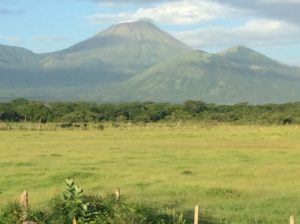
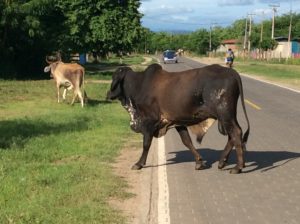
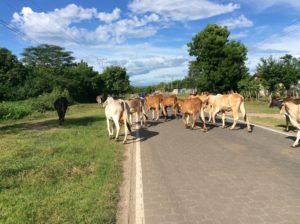
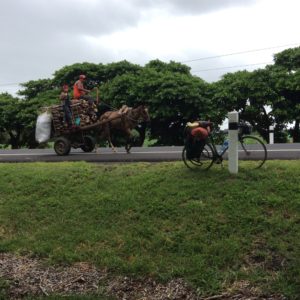
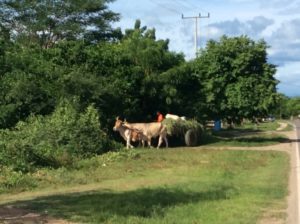
Nicaragua is regarded as the poorest country per capita in Central America. Cycling through you see fewer cars on rural sections and horse drawn carts are everywhere, even a few in the outskirts of Managua itself. Poor maybe, but not impoverished, and the gut feeling is that people there are engaged and working. Some statistics put Nicaragua at a better wealth equality than either Honduras, El Salvador or Guatemala and is close to that of the United States. Not to get too carried away with comparisons, but if Guatemala seemed idle, Nicaragua seemed busy. Their highways were the best of Central America yet, and consistently good throughout. I know I got heckled a lot less there.
Nicaragua has had a great deal of turmoil throughout the Twentieth Century. In a gray mix of Monroe Doctrine, Roosevelt Corollary and protection of American investments in Central America (Nicaragua was then, and is still today, a proposed site for a Pacific-Atlantic canal) the US Marines occupied an unstable Nicaragua in 1912 and stayed till 1933 except for a short period in 1925. During this time Anastasio Samoza held positions with the marines and found his way to a contrived sort of presidency in 1937, a few years after the marines left. In 1934 he had a resistor of the US’s installed government, Augusto Sandino, assasinated. Today’s Sandinistas (the FSLN) take their name from Sandino.
Samoza evolved into a textbook example of a corrupt dictator. Among many notorious acts, he dutifully declared war on Germany when the time came but never supplied troops. He instead took the opportunity to confiscate German assets and land posessions in Nicaragua for personal profit. He was finally assasinated in 1956 and a more benevolent son took over for a few years but died of a heart attack. Several Samoza puppets held the presidency until 3rd son Anastasio Samoza Debayle became president in 1967. To paint a picture of what he was like, he made the famous statement I don’t want an educated work force, I want oxen.
In 1972 Managua endured a devistating earthquake that destroyed much of the city. Emergency aid was sent from around the world but rumors were out that supplies weren’t getting to intended destinations. Pittsburg Pirates outfielder and now hall-of-famer Roberto Clemente had donated and organized 3 plane loads of goods thought to have been held up by corrupt officials. He traveled with a 4th plane to make sure it got to folks in need but the plane went down and he was killed. He’s remembered though by Nicaraguans and south of Managua in the town of Masaya he has a stadium named after him.
The years following the earthquake showed haphazard rebuilding in Managua, and further increase in wealth for the Samoza family. Rizing unpopularity saw the end of the Samozas in Nicaraguan politics in 1979 when they were ousted by the Sandinistas. The new government was led by a committe of several persons, the Junta. They had ties with communist Cuba but with the reputation the Samozas had created, the Sandinistas were granted aid for a short time by the Carter Administration. When it was later learned that Nicaragua was supplying arms to El Salvadoran rebels the aid was cut off. Ronald Reagan then came to power and any thoughts of aid were turned instead into support for Samoza-led Contras then amassing on the Honduran border. The United States congress was divided on the issue but the passing of the Boland Ammendmant was a measure to stop military aid to Nicaragua. Members of the Reagan Administration and the CIA attempted to go around the amendment and it soon evolved into the Iran-Contra scandal. The details are many and tragic, loaded with failed policy, and at times comical. Go to https://www.brown.edu/Research/Understanding_the_Iran_Contra_Affair/n-contrasus.php for more of the story. The big picture might be summed up as the United States and the Soviet Union (through Cuba) supplying some of the world’s most sophisticated weaponry to a pair of opposing sides for whom concepts like communism and capitolism were at most abstractions: They slaughtered eachother.
The FSLN’s Daniel Ortega assumed the first Sandanista presidency in the late 1980s, but under international pressure a free election was held in 1990. Ortega lost to former Junta member Violeta de Barrios Chamorros. He ran and lost a couple of more times but then won in 2007 and holds the presidency today. He’s been a controversial figure over the years and has many times surprised the world with stands on given issues. If nothing else he’s a survivor.
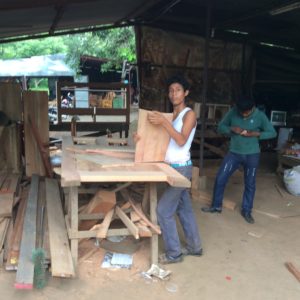
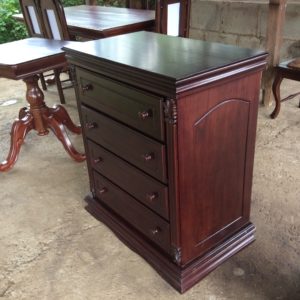
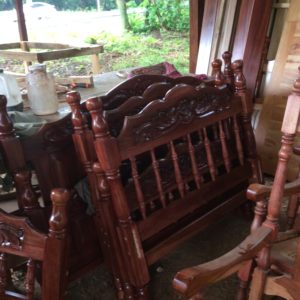
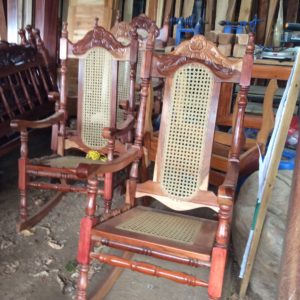
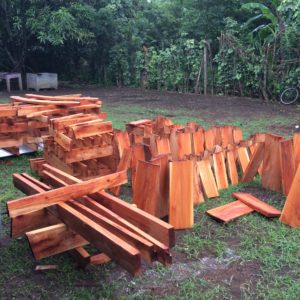
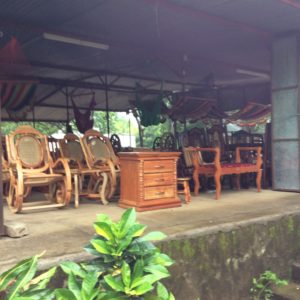
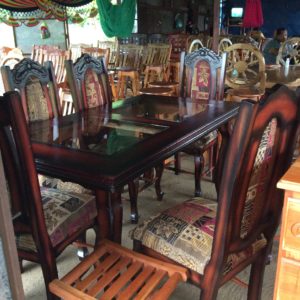
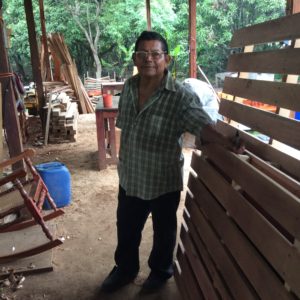
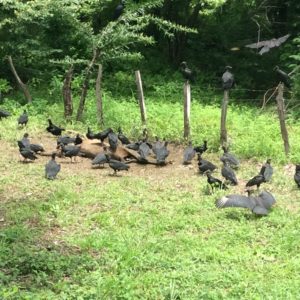
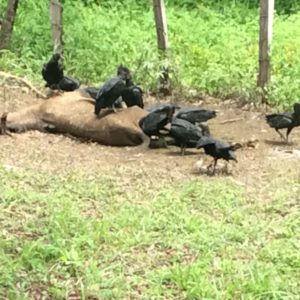
After long and glacially-slow moving immigration lines (in un-glacial heat) I crossed into Costa Rica where camping again became easy. I even spent one night in a pine forest on the order of hundreds of acres is size that someone had planted evidently for a timber investment. Hearing the wind through pines was a nice reminder of home. Camping opportunities since leaving Mexico have been few and hotels expensive. I paid $75 one night in Managua, $60 routinely in El Salvador and $60 the one night in Honduras. I probably could have done better but at the end of a long day there’s not much energy left for shopping around. Planning ahead with Internet searches is tedious and fraught with obsolete websites. Hotels in one town in El Salvador, Usulutan, repeatedly turned me away. I barely found a place in waning daylight, and it’s a town where a gringo took chances being out after dark. I’m now at Nuevo Arenal on Lake Arenal in a reasonably priced hotel in an otherwise expensive economy. The lake is amazingly beautiful but correspondingly touristy at an international level. English speakers are common. It’s been rainy.
Thanks for the post Steve. As you described Nicaragua and compared to El Salvador and Guatemala my thought is there may be more redistribution of income there. Higher per capita income in El Salvador and Guatemala may be due to the rich being very rich compared to the others. Also interesting is immigration to the U.S. from central America is not from Nicaragua–they seem to have stable institutions which fits with your description that people are busy there.
This is really interesting stuff–you are going to have to write a book! Press on and be safe!